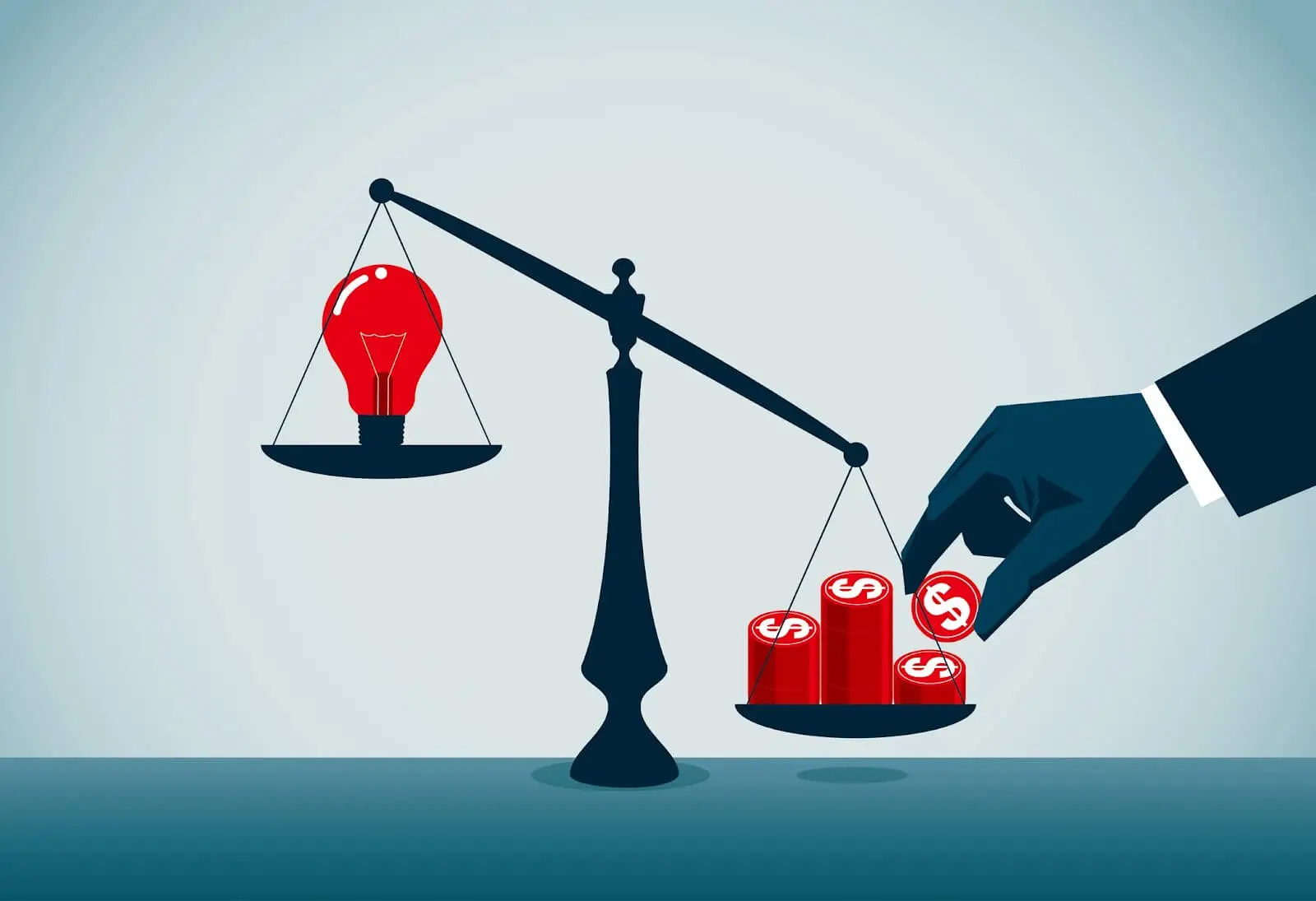Many people are keen on trading in forex than other financial instruments as stocks are because the leverage is much higher. Also, other people’s money is used in the forex world to enter the transaction. There are benefits in applying borrowed capital in trading forex and letting leverage work like a double-edged sword in your favor.
What is Leverage?
The forex brokers & forex trading gives very high leverage- for investing a small amount of your money, you get to control a large amount of money based on borrowed money.
You can think of leverage as the enlarged “trading power,” which becomes available on using the margin account. So it allows you to trade positions that are much larger amount than the money you have in your trading account. So you are using borrowed money to make investments. Leverage is expressed as a ratio. In forex usually, money is borrowed from a broker.
A margin is a percentage of the entire amount. The forex margin varies from 0.25%, 0.5%, 1%, and 2%. So you can calculate how much leverage you can employ based on the margin your FX broker requires.
What is Margin Based on Leverage?
In forex, for you to manage a $100,000 position, $1,000 will be put aside by your broker from your account. Your leverage stated in ratios is 100:1. So to say you are managing $100,000 with an investment of $1,000 from your account. The $1,000 that you deposited was the margin you gave to use the leverage. Margin is the amount given to the broker in good faith to open a position with the broker.
The margin-based leverage can be calculated by dividing the Total Transaction amount by margin amount you are required to provide.
Margin Based Leverage = Total Transaction Amount/ Required Margin
Example:
Say, you have to deposit a margin of 2% of the total Transaction amount. You then choose to trade one standard lot of U.S. Dollar/Swiss Franc USD/CHF.
What Does Lot Mean?
Forex is traded in a standardized or specific amount known as lots- the number of currency units that you will sell or buy. The standard lot size is 100,000 units of currency. Today there are other options available in lot sizes as nano – 100 units, micro- 1000 units, mini – 10000 units.
So coming back to where we were, so for a lot of US$100,000 USD/CHF, which is US$100,000, the required margin is US$2,000. The margin-based leverage is 100:2 (100,000/2,000).
So if in case the required margin is 0.25%, then it would result in margin-based leverage of 400:1.
| Margin-Based Leverage in Ratio | Margin Required of the Total Transaction Value |
| 50:1 | 2.00% |
| 100:1 | 1.00% |
| 200:1 | 0.50% |
| 400:1 | 0.25% |
But what if the trade did not happen in your favor, then you would lose the $1,000. This would mean that you would end up with a -1% return. And if the return was 1:1 leverage or and what would it be if it was 100:1 leverage? You would lose the amount you were going to make. That is why Leverage is called a double-edged sword, or a two-way street.
But margin-based leverage is not the most accurate indicator of profit or loss. We can’t just go by the 1% or 2% margin transaction value that the trader has to put up because the values put forth may be more than the required margin. The broker uses the margin to sustain your position. Your broker deposit is pooled in with everyone else’s, and the broker uses the big margin deposit and places trade with the interbank network.
So the real indicator of profit and loss is Real Leverage.
How to Calculate Real Leverage?
Now to calculate the real leverage, just divide the total face value of the “open positions” by the “trading capital.” An open position is a trade that is still active and not closed. The trader makes the open position, and the trader will continue to experience profit or loss until the position is open. The open trades continue to be active for longer periods.
Real Leverage = Total Value of Transaction / Total Trading Capital
To cite an example, if there is $10,000 in your account and you choose to open a $100,000 position – equal to 1 standard lot- you will trade 10 times the leverage on the amount in your account.
100,000/10,000 = 10
So if you trade 2 standard lots equaling $200,000 in face value, and you have $10,000 in the account, then leverage will be 20 times 200,000/10,000.
The margin-based leverage is the same as the max real leverage that can be used by a broker. The margin-based leverage and real leverage vary as the brokers do not put forth their entire account as margin for a trade.
It is a norm to not use the entire margin that is available but only uses leverage when you know it is a sure shot win, and the leverage is on your side.
Once one gets aware of the number of pips at risk, the potential loss of capital can be known. As a sound rule, it should not exceed 3% of trading capital. If you know the loss could go up to 30% on a leveraged position, then it is wise to reduce the leverage at the time.
How to Change Your Leverage?
To change your leverage, you can request a Margin Change Request Form and submit it to support@forex.com.
So we realize that margin-based leverage is not the real indicator of profit and loss, but it is Real Leverage. It is best to use lesser leverage, keeping in mind that the scope of loss should not exceed 3% of trading capital. And if you have put more than 3% as margin, you can always change your leverage if it is not on your side.
